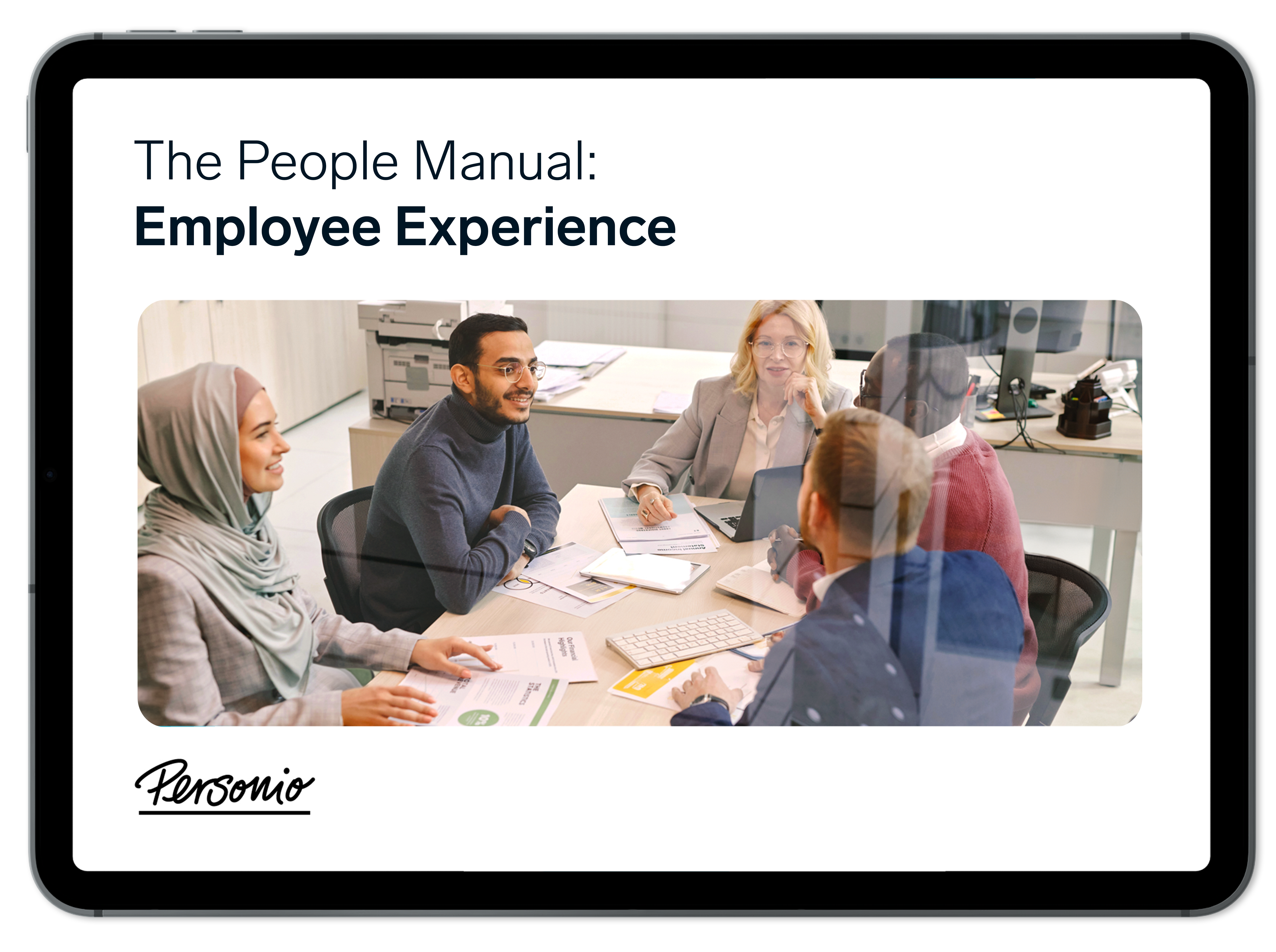Bullying and Harassment at Work: A Guide for Employers & HR Managers

Bullying and harassment in the workplace remain major issues, even despite all the seminars and anti-harassment training staff members go through. Therefore, it is vital for employers and HR managers to be aware of what types of bullying can occur and how to handle these situations.
Key Facts
Bullying can begin as unwanted conduct and escalate into harassment
Sexual harassment, racism, ageism, slander and social pressure are the most common types of harassment.
Harassment is illegal and criminal action can be taken by employees.
What Is Bullying at Work?
Workplace bullying is behaviour that can be classified as any kind of unwanted conduct. Bullying is generally seen as less severe than harassment, but bullying can quite easily cross the line and turn into harassing behaviour.
In the workplace, an employee may be bullied by any other person in the workplace regardless of their status, although it is most common for a superior to bully someone below them. As a result, engagement can suffer while labour turnover increases.
Examples of Bullying at Work
Repeated Use of Offensive or Derogatory Language
Who determines what is actually considered offensive or derogatory language? Words cause different degrees of offence in different communities as well as in different countries.
While there is no universal rule, HR should be aware of what their employees perceive as offensive, especially when it comes to international companies. By establishing concrete and transparent guidelines, HR managers can easily prevent misunderstandings.
Anger and Aggression Towards Staff Members
A co-worker’s mistake or missed deadline is never an excuse to be outwardly hostile or violent. There are so many ways to react when you are upset. Aggression at the workplace is no go.
For HR it is important to know that aggressive behaviour should be stopped immediately so that it does not affect the rest of the team.
Non-consenting Physical Contact
‘Hands off’ is rule number one in the workplace. A simple hug or a pat on the back could be misunderstood, especially when the person involved is of the opposite sex.
Pulling Unwanted Pranks on an Employee
Inappropriate humour is often not taken into account when talking about harassment. Great office pranks like hiding documents or funny post-its on the back are considered harassment when the reaction they provoke is rather negative.
Repeatedly Blaming an Employee for Problems They Were Not Responsible for
There are different types of leaders and employees. Sometimes there are people who tend to blame others for problems instead of trying to solve them. When blaming others is repeated, this could degenerate into harassment.
Unnecessary and Repeated Interruptions of Someone’s Workflow
The most common stressor at work is when employees’ workflows are repeatedly interrupted without good reason, as one study has shown. That is why it needs to be considered harassment.
Spreading Rumours or Speaking Poorly of an Employee Behind Their Back
Everybody knows that gossiping is not good for a team, but not everybody knows that this can cause anxiety or even depression. There is a subtle line between simple bad-mouthing and persistently slandering, which is punishable by law.
What Is Harassment at Work?
Harassment in the workplace is defined as creating an offensive, hostile or humiliating work environment for an individual. The main distinction between bullying and harassment is that bullying can at times be a misunderstanding and an issue that can be resolved, while harassment is deliberate, targeted and criminal.
In short, harassment at work is illegal and can be treated as a criminal matter if the harassed employee decides to press charges.
Types of Harassment
Sexual harassment: unwanted sexual advances or requests for sexual acts.
Racism: treating employees poorly due to their race, skin colour or ethnicity
Ageism: creating a hostile work environment for employees who are older or younger.
Slander: spreading misinformation about another employee.
Pressure: to join a religious or political group.
Half a decade of insights on employee experience

Our "People Manual" covers all things related to employee experience and developing initiatives that result in more engaged employees. Grab your free copy right now.
Download It TodayResponsibilities of Employers and Employees
In order to properly combat bullying and harassment in the workplace, both employers and employees must work together to communicate their needs and goals.
Learn more about ways to improve happiness at work.
Employees Must Report
In order for employers and HR teams to be aware of a bullying or harassment issue, they need to be informed of it. There are many occasions when the bullied or harassed employee is too scared to speak up for themselves, so it is vital to teach your team to stick up for one another and report issues they have witnessed.
Employers Must Act
Bullying and harassment in the workplace will never be solved if the employer and HR department don’t work hard to eliminate the issues. Every report must be taken seriously and investigated. New policies may need to be put in place, employees may need to be relocated or fired.
Harassment at Work and UK Law
In the Equality Act of 2010, the UK defined harassment in the workplace as ‘unwanted conduct related to a relevant protected characteristic, which has the purpose or effect of violating an individual’s dignity or creating an intimidating, hostile, degrading, humiliating or offensive environment for that individual’.
The UK government holds employers responsible for harassment that has happened in their workplace, whether the harassment came from an employee or a third party, such as a client of the company.
These harassment laws expressively protect individuals from being discriminated against due to their age, disability status, gender identity, race, religion, personal belief, sex and sexual orientation.
Dealing With Complaints
There are many ways to address a bullying or harassment incident, and each situation requires its own action plan. It is important to investigate each case thoroughly and do what is best based on the circumstances.
Encourage whistleblowing to make your work environment a safe space to disclose misconduct.
Your employees should know they are protected by law and by their managers. Good communication is the key to solving any problem.
Take each report very seriously.
The decision to file a sexual harassment complaint is hard enough and it is usually taken after careful and thorough consideration.
Be prepared for disciplinary action.
Employees have rights and can directly contact the police or ask you to do so. Your duty is to start a disciplinary action against the potential harasser. There should be no doubt that the claims are justified, so you have to go into depth and collect all the necessary information.
Education
By explaining what harassment and bullying stand for, managers can prevent it. Talking publicly about this topic also conveys a strong message. Nobody should feel distressed, scared or threatened at the workplace, and there will be consequences for those who don’t respect their colleagues.
Informing
Let this information circulate in the office: Stalking and harassment | Police.uk (www.police.uk)It entails thoroughly what the best ways of prevention are. If you know what to do, you won’t be afraid to take action if necessary.
FAQ
What is the most common workplace harassment?
Any form of discrimination is the most common type of harassment witnessed. This discrimination would be due to age, disability, gender identity, race, religious beliefs, sex or sexual orientation.
What is an example of harassment?
There are many examples of harassment such as aggression and anger towards co-workers, use of offensive language, non-consenting physical contact, etc.
What are the 3 forms of harassment?
Verbal, visual, and physical harassment are the three forms of sexual harassment. This can be sexual comments or questions, showing a co-worker something sexual, or touching a co-worker inappropriately.
How does HR handle harassment?
HR departments should take every case of harassment seriously. It all starts with encouraging employees to report harassment cases, then take them seriously, and to have a plan for taking disciplinary actions. For more information, read the section titled ‘Dealing with complaints’.
Manage Your HR Department Smoothly
Bullying and harassment cases require a lot of focus, time, and energy from your HR team. Automate your HR tasks with Personio, so your team can focus on what really matters, the people. Book your free demo today.
Disclaimer
We would like to inform you that the contents of our website (including any legal contributions) are for non-binding informational purposes only and does not in any way constitute legal advice. The content of this information cannot and is not intended to replace individual and binding legal advice from e.g. a lawyer that addresses your specific situation. In this respect, all information provided is without guarantee of correctness, completeness and up-to-dateness.
